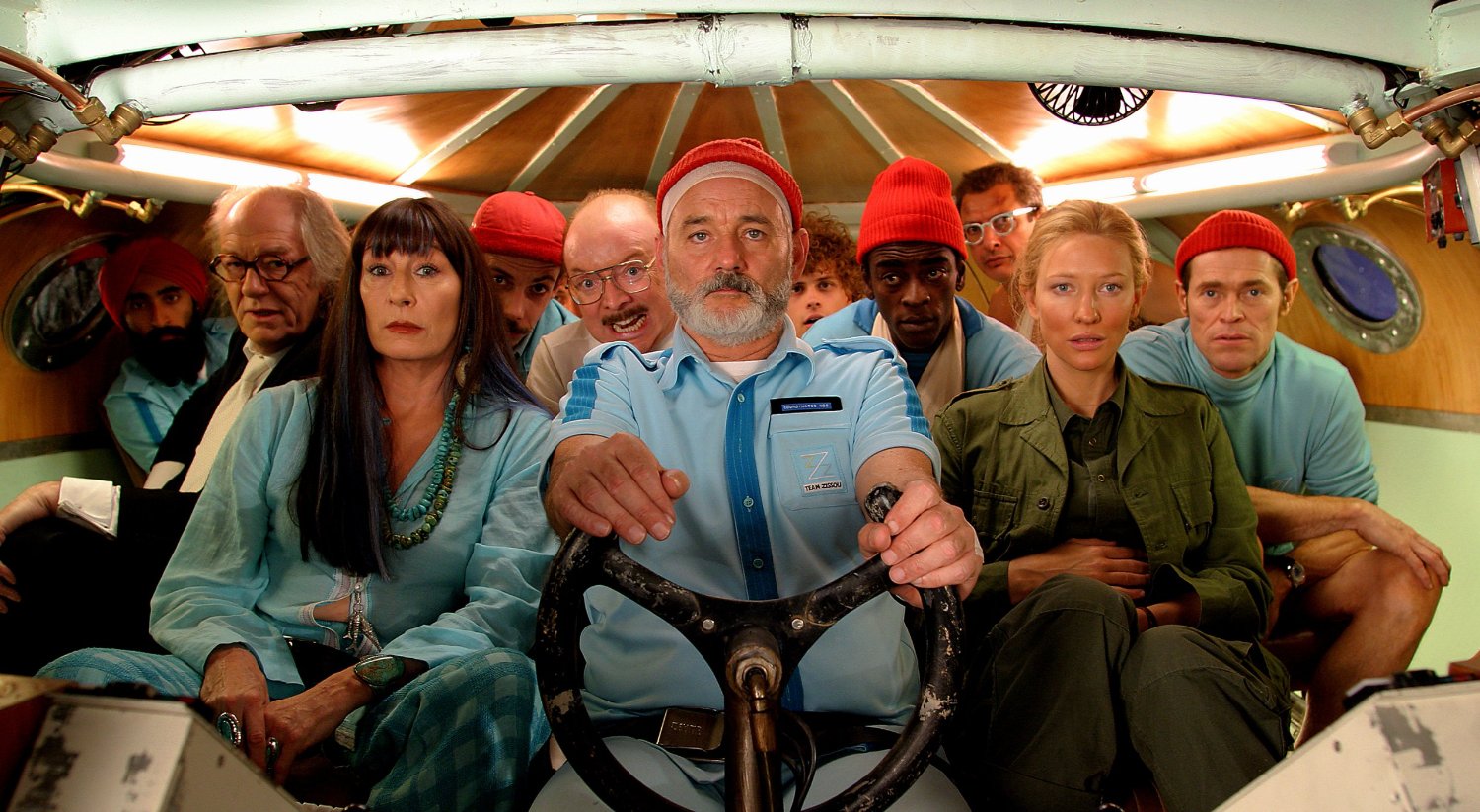Sometimes, you can watch a film and feel like you have entered another world. Sometimes, thanks to the wonders of cinema, you actually can enter another world. Deep space, dark waters, fantastical planets have all been made accessible to us through film. It’s not a new thing, either; early cinematic genius Georges Melies granted us access to forbidden worlds long before C.G.I. was even an acronym. Far away lands, we can handle. It’s when the film world hits a little too close to home that things start to get interesting. When a director ventures into cinema for the first time, it’s a lot like publishing their private journal, stuffed with their most intimate thoughts and dreams. When we see the early work of many directors, we see directly into their minds, able to understand how they view the world.
For most, of course, this is a phase. After that first, or second cinematic creation, they learn to mute their own voice somewhat, spilling out much less of themselves as each film goes on. Whilst they are always there, it is imperceptibly so, nestled in the dark flickers of the image, as the film loops through the camera. Not everyone, however, goes through this change. For some, the films they make are always a part of themselves, lifted directly from their deepest thoughts. Surely Wes Anderson is the prime example of this. From his very first work, each of his films has been a cinematic outpouring of his thoughts, captured in his carefully constructed film world. The mere mention of Anderson’s name is enough to plunge any film goer into a spiral of symmetrical images, painstakingly lined up in the centre of the screen. More than anyone, Anderson has a cinematic style and, love it or hate it, it’s hard to ignore.
Whilst his directorial debut Bottle Rocket may not contain a number of trademark Anderson stamps, the director’s presence is felt throughout. Of course, the presence of the Wilson brothers helps out a little; without their brotherly drawl a Wes Anderson film just wouldn’t be a Wes Anderson film. From the offbeat characterisation and blank faced humour, Anderson’s specific type of humour finds a home. Whilst critically overlooked, Bottle Rocket is a great way to ease yourself into Anderson’s world.
It’s really with Rushmore that Anderson begins to hit his stride. Featuring Anderson pin up Jason Schwartzman, the film tells the story of an overly plucky schoolboy who enters a head to head battle with one of his school mate’s fathers. The prize? The school’s new first grade teacher. The mix of Schwartzman with other Anderson veteran Bill Murray is beyond dreamy and it is in the pair’s snappy dialogue that the Anderson we all know today can be found. Rushmore is perhaps Anderson’s benchmark film, somehow hitting on all the weird idiosyncrasies of his characters without ever making it annoying. Whilst Anderson’s later films have been equally as successful, it is Rushmore which balances perfectly his oddness and the audience’s need for comprehension.
Things all start to become a bit more weird with The Royal Tenenbaums and by the time you hit The Life Aquatic with Steve Zissou, everything is entirely Anderson. Helmed, of course, by Bill Murray, the film is set on a submarine, led by a man who has vowed to hunt down and kill the rare shark which ate a member of his crew. The film is stuffed to the rafters with Anderson’s usual band of misfits and extremely niche individuals, inhabiting a world entirely different from the rest of us. The Life Aquatic also utilises Anderson’s famous mode of set design, filmed around a fully constructed boat, half cut into. To see the characters move about the linear boxes is like viewing puppets moving about a doll’s house, commanded by Anderson, the puppet master. The set design is quite remarkable, proving how much belief Anderson pumps into his film worlds. And why wouldn’t he? With his cinema, he shows us a different way of life, decidedly more self aware but undeniably appealing.
The Darjeeling Limited is up there as one of Anderson’s best films, set so pseudo-romantically on a train winding through India. Three brothers (but only one Wilson) travel by train in attempts to locate their estranged mother following the death of their father. The film displaces its characters ever so slightly further from reality, a trend that seems to occur over the course of Anderson’s filmography. The more films that he makes, the more interior that his thoughts become and whilst his characters exist in a spoken reality (within India, or America, for example), the way in which they interact with one another is entirely at odds with real life. Anderson’s film exist in a type of dream; they look somewhat like the real world and seem to contain real people but something is imperceptibly different and elevated.
The Grand Budapest Hotel most recently continued this trend, warping Anderson’s sense of reality further still. Set in the powdery pink mountains of a fictional European country, everything about the film seems to have been born from a dream, so much so, that pretty soon everything begins to resemble a cake. Set across three different time frames, the cinematic ratio of the film alters according to the moment in time. For Anderson, to travel through cinematic time is to change the way we see the world. Not only did history change but also, the very dimensions of the worlds in which people existed. For Anderson, cinema is something more than artistic ideas and storytelling; it is a way to fundamentally alter the world in which we exist and to subsequently allow others to experience our own perception of the world. We do not live in a shared reality but rather, individually constructed versions of our own reality. It has taken Anderson his entire filmography to show us this and we are only just starting to realise the possibilities.

